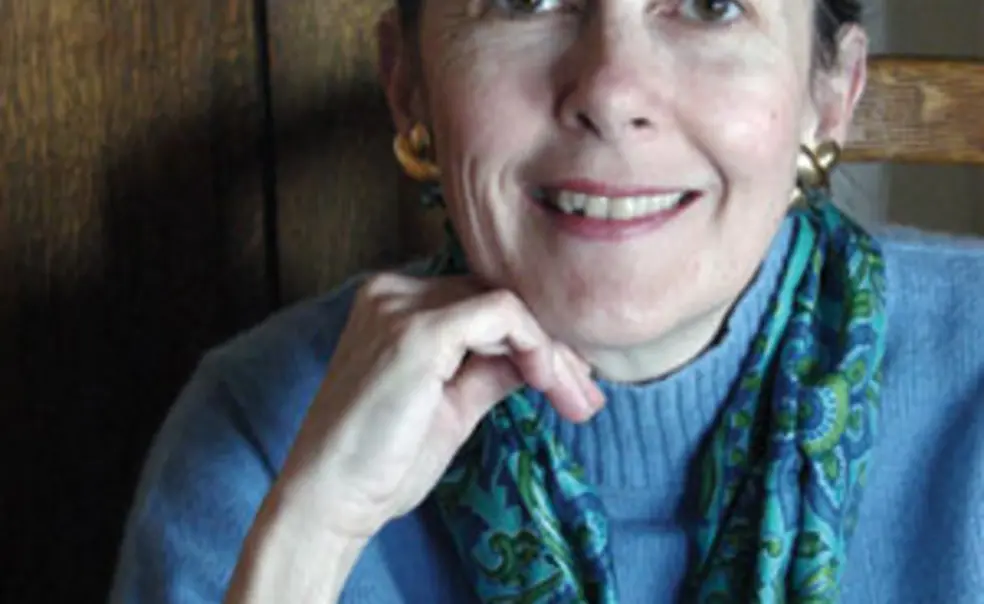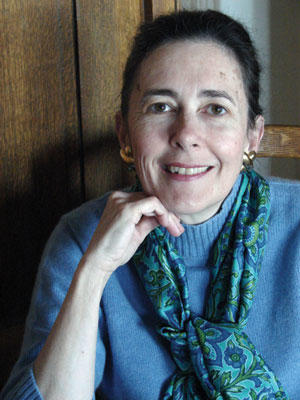De Kooning: Up close and personal
Biographers of artists are a strange lot. Imagine: We spend years of our lives poring over every detail of our subject’s life and work — in the case of my husband and co-biographer Mark Stevens and me, a decade devoted to the artist Willem de Kooning. And yet, we are mostly kept at one remove from the work. Unlike the biographer of a novelist, say, who can read and re-read every last word, what we mostly see is work in reproduction, in images that can only begin to hint at the full force of seeing the paintings in “real life.” At best we see a major work in isolation — de Kooning’s glorious black-and-white painting “Black Friday” at the Princeton University Art Museum, or the seminal “Excavation” at the Art Institute of Chicago. But what is it like to see the work within the context of the career? How does “Black Friday” rhyme with de Kooning’s other great black-and-white paintings of the late ’40s or anticipate his work of the 1980s? And then there’s the question that haunts every biographer. Does de Kooning still captivate, when the triumphant years of abstract expressionism in this country ended more than a half-century ago?
The answers are revealed — and so much more — in the glorious retrospective of de Kooning (1904-1997) currently at the Museum of Modern Art in New York (through Jan. 9, 2012). It fills 17,000 square feet of space and encompasses nearly 200 paintings, drawings, and sculpture, worth an estimated $4 billion, that are drawn from museum collections (and many private ones) all over the world. It’s difficult, as biographers, not to feel a sense of vindication. De Kooning was, after all, an iconoclast who didn’t share the all-out commitment to reductive abstraction that was so pervasive in the ’50s. Lavishly praised by the influential art critic Clement Greenberg for his breakthrough black-and-white abstractions of the late ’40s, de Kooning threw it all away — or seemed to — by painting “Woman I,” the snaggle-toothed, pop-eyed, ferociously grinning goddess that astonished downtown New York when de Kooning first let her out of his studio in 1952. What was he thinking, went the conventional wisdom? To leave behind what could have been, as we write in our biography, a “blue-chip” abstract style for a series of women so raucous and manic, so physically eruptive? Although it purchased Woman I, MoMA began to look away. It acquired many Jackson Pollocks: but Pollock was safely abstract. Even today, that legendary “Woman I” fits uneasily in the canon — rude, crude, but, as de Kooning always insisted, joyful. “Beauty,” he said, “becomes petulant to me. I like the grotesque. It’s more joyous.”
So there she is, in Gallery Four. “Woman I” is joined by a whole wall of her equally vulgar, big-breasted sisters. It makes for quite the in-your-face statement. But from the first gallery on, this show is testament to an artist who just kept reinventing himself, risk be damned. As de Kooning himself put it, “You have to change to stay the same.” You can see him moving from his early abstractions to painting the figure — both the ashen-faced, Depression-era men of the early ’40s and the pink dreams of women he painted after meeting his future wife, Elaine —and then shattering the figure apart in the ’40s abstractions. He continues to change, returning to abstraction in the ’50s after the Women series, with huge, broad-brushstroke paintings (at the time, de Kooning reigned, kinglike, over the New York art world) to, in his later years, merging figure and landscape together in the 1970s in some of the most voluptuous abstractions ever painted.
For a biographer, it is a chance to recalibrate the nuances — among them, the idea that de Kooning toggled between figurative and abstract styles, when in fact he almost always combined them. It is also a chance to see, finally, all the detail hidden in those reproductions of his paintings. The work that de Kooning rushed home to paint in 1927 after falling in love with the “beautiful cobalt violet” that he saw in a painting by Matisse? Yes! It’s there, that gorgeous cobalt violet, in the “Still Life of 1927.” The shapes that recur again and again in de Kooning’s ’40s abstractions? There, in the little-known “Abstraction” of 1949-50, on loan from the Museo Thyssen-Bornemisza in Madrid. It’s a veritable catalog of de Kooning imagery — doors, ladders, windows, masks, and a myriad floating biomorphic shapes.
But to me, the high point of the show — and indeed of de Kooning’s seven-decade-long career — is the great wall of black-and-white abstractions that unspool through 1947, ’48 and ’49 toward “Excavation,” the epic end point of the series. They are, as we say in our book, among the most beautiful works of the 20th century. Here de Kooning broke free into an abstraction all his own. In “Black Friday,” one of the masterworks of the ’40s series, the figure fractures apart into myriad pieces. The entire surface pulses with life and an often tumultuous rhythm. Shapes shift and dissolve before the eye. There is what looks like a house on the upper left, a crooked finger in the middle (the body is never far away). The use of space is ambiguous. What is figure, what is ground? De Kooning’s famous whiplash brushstroke dances across the surface, animating the whole into an activated field. And at the bottom right, there appears a splash of green, and a splash of red. Is the red redemptive, or not? “Black Friday” — another name for Good Friday — can be seen in two ways, after all. One is the promise of life after death. The other is about sacrifice. As de Kooning scholar Sally Yard noted, de Kooning “invoked tragedy and betrayal in the title.” The image of that red lingers long after the viewer walks away, an ambiguous jewel of color in the world of darkness around it.
In 1948, Mrs. H. Gates Lloyd, wife of H. Gates Lloyd ’23, saw “Black Friday” at de Kooning’s first one-man show at the Charles Egan Gallery. De Kooning was then 44, and had little success to show for his years of being a painter. The show itself was a commercial failure. But Mrs. Lloyd had faith. She was one of the few who bought a painting at that breakthrough moment in de Kooning’s career. It is Princeton’s great good fortune to have, thanks to the discerning eye of a Princeton wife, one of the defining paintings of 20th-century American art.
And yes, to answer the question: De Kooning still dazzles.
Annalyn Swan’73 and Mark Stevens’73 won the Pulitzer Prize for their 2004 biography, de Kooning: An American Master.












No responses yet